http://www.stomponstep1.com/free-radicals-glutathione-superoxide-nadph-oxidase-n-acetylcysteine/ Free Radicals are very reactive molecules which have unpaired (single) outer electrons. These molecules damage cell membranes via peroxidation and DNA via oxidation. Free radicals can be generated by things like ionizing radiation (X-rays & UV light), drugs (acetaminophen), poisons (carbon tetrachloride CCl4), or certain metals (Iron). However, free radicals are also naturally generated in the body by enzymes. For example, neutrophils use free radicals during acute inflammation to destroy things like bacteria. So free radicals are not always a “bad” thing. Normal oxidative phosphorylation in the mitochondria can also generate free radicals. Usually 4 electrons are added to oxygen to get water. However, if that process is somehow interrupted you can end up with free radicals. Reperfusion following ischemia generates free radicals as well. The ischemia generates inflammation which then meets the oxygen in the blood (which can be converted to superoxide) and inflammatory cells (which can create free radicals). This presents clinically as an MI patient who gets worse after treatment. The body has enzymes for neutralizing free radicals. There are also vitamins that can neutralize free radicals. These vitamins are called Antioxidants. Vitamins A, C, & E are the main antioxidants (Think Ace like the playing card). • NAPDH Oxidase converts oxygen to Super Oxide (O2- ) mainly in neutrophils • Myeloperoxidase (MPO) converts peroxide (H2O2) into Hydrochloric Acid (HOCl) mainly in neutrophils • Fenton Reaction generates Hydroxide (OH-) from peroxide (H2O2) using iron • Superoxide Dismutase (SOD) converts Super Oxide (O2- ) to peroxide (H2O2) • Glutathione convert Hydroxide (OH-) to water • Catalase converts Peroxide (H2O2) to water We will see in the immunology section that that a defect in NADPH Oxidase causes Chronic Granulomatous disease. This is an immunodeficiency due to the neutrophils inability to generate free radicals needed to destroy foreign material. Specifically this makes individuals susceptible to reoccurring infections by catalase positive organisms. Most microorganisms are catalase negative (they don’t have catalase) which means they have a small amount of naturally produced peroxide which can be converted to HOCl by the neutrophils. This HOCl can then be used in place of superoxide to destroy phagocytized material. Catalase positive organisms make their own catalase enzyme which degrades the peroxide and prevents this procedure. Another similar immunodeficiency if MPO deficiency which prevents neutrophils from creating HOCl. Glutathione is one of the enzymes that can remove free radicals. Glutathione must be in its reduced form to convert peroxide to water. NADPH, which is created by the pentose phosphate shunt, reduces Glutathione. Glucose-6-Phosphate Dehydrogenase Deficiency (which will be covered primarily in the hematology section) is a deficiency of a key enzyme in the pentose phosphate shunt that limits the creation of NADPH. This means less glutathione & more free radicals which end up damaging blood cells. Excessive amounts of Acetomenophen (like that seen in suicide attempts) can be metabolized by the liver into intermediates which bind to and remove glutathione. This reduction in glutathione means free radicals build up and damage the liver cells. The treatment is N-acetylcysteine which is a precursor to glutathione.
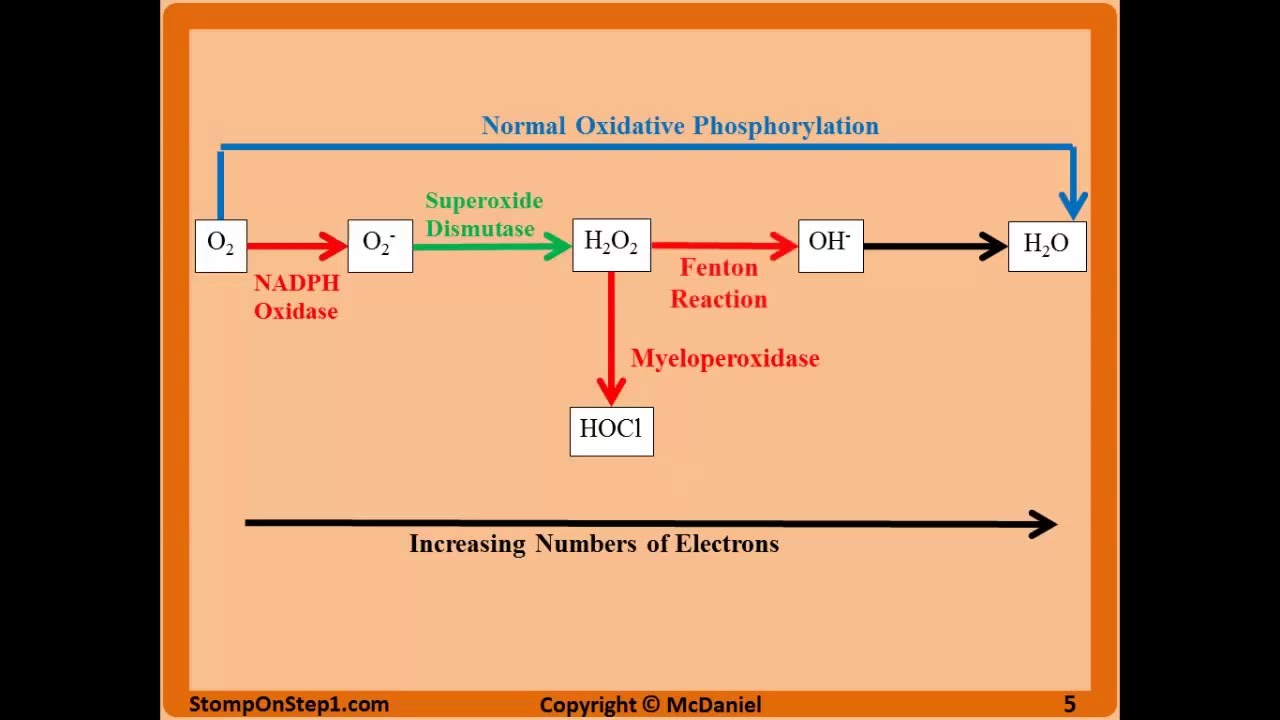
Free Radicals, Glutathione, Superoxide NADPH Oxidase N Acetylcysteine CGD MPO CCl4
- Post author:admin
- Post published:October 4, 2021
- Post category:Uncategorized
- Post comments:0 Comments
You Might Also Like

How to Chose Best Supplement Powder In India | Bodybuilding | BeerBiceps Fitness
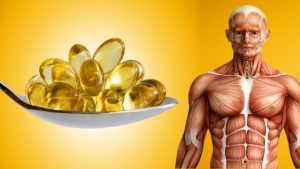
See What Happens To Your Body When You Start Taking Fish Oil Everyday
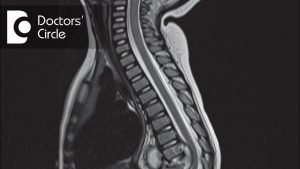
When will the pain due to Spinal TB subside if ESR has reduced? – Dr. Mohan M R

Human Body, Body Building Muscle Building Anatomy Physiology Video – 44

Powerful All Natural ANTIOXIDANT & HEALTHY JOINTS!

What Does Your Liver Do?

Why do you feel cold when you have fever?

The Obesity Hormone helps you to loose weight

Sarah Says: What is Liver Function Testing?
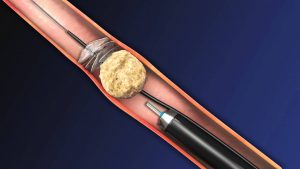
CoAx 10mm Stone Control Catheter from Accordion Medical

Bodybuilding Nutrition, Diet Recipes & Workout – 13

One Arm Row Dumbbell-8

HOW to DESIGN a DAMN GOOD PROGRAM: 4 Key Pillars

Barbell Bicep Curls – Exercise Tutorial

Fat Burners 2018 (Natural & Supplements) | Fitness and Nutrition Expert | iTheFitDiva
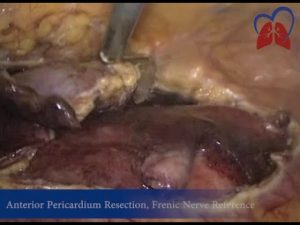
VATS Pericardiectomy for Tuberculosis Fibrinous Pericarditis

Upright Row-9

BEARD GROWTH UPDATE (DAY 13) BIOTIN OVERDOSING + SIDE EFFECTS + TIPS Advice Guide to a Thicker Beard

Back extension / Hyperextension ( lower back exercises )
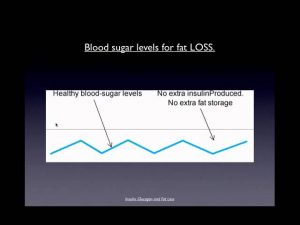
Insulin, glucagon and fat loss
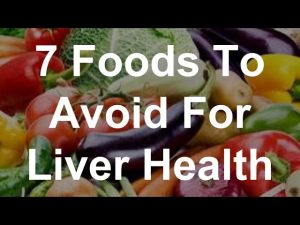
7 Foods To Avoid For Liver Health

How to Do a Leg Raise | Ab Workout
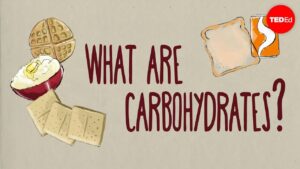
Carbohydrate Nutrition Video – 2

Anatomy Terminology – Anatomy Tutorial

Cable OH Tricep Extension

The Ultimate List Of Great Bodybuilding Foods

Fatty Acids (Omega 3 & Omega 6) Deficiency: Symptoms & Sources by Dr Berg

Which Vitamin B12 Supplement Should We Take? Dr Michael Greger
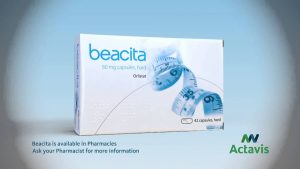
Actavis Radio Ad Maltese Youtube

The Best Bodyweight Exercise For Each Muscle Group – Calisthenic Exercises
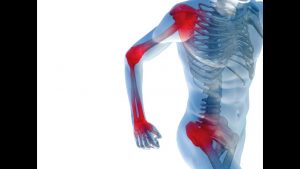
8 Signs You May Have a Thyroid Problem

How are they helpful by EATING Mango in Pregnancy, You need to know this!
Omega 3 Supplement
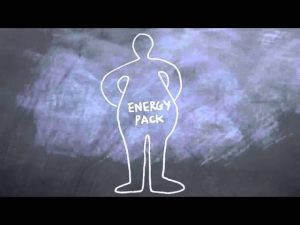
How Does Ketosis Work? Benefits of Ketones
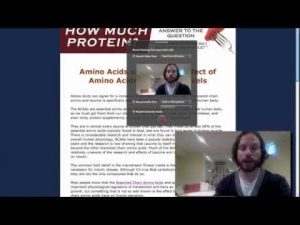
Amino Acids and Insulin

Aerobic and Anaerobic Exercise Explained
High Cholesterol And Lipids
Testosterone & Androgenic Effects
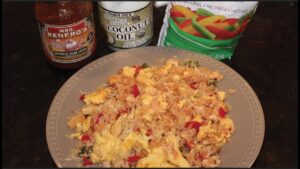
Bodybuilding Nutrition, Diet Recipes & Workout – 24
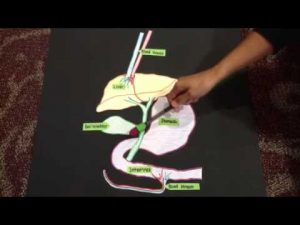
Pharm Drug Excretion

Andrology Video – 6

